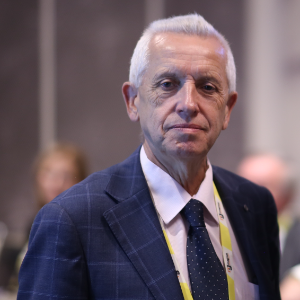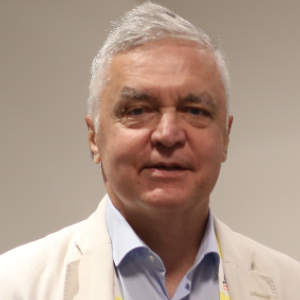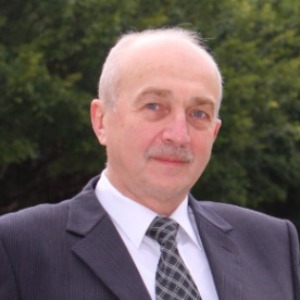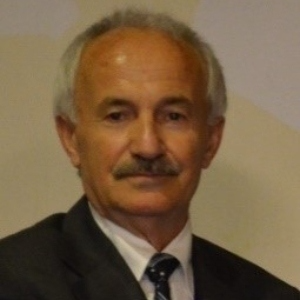Biomimetic materials chemistry is an emerging field that seeks to emulate the remarkable properties and functionalities observed in biological systems through the design and synthesis of artificial materials. Drawing inspiration from nature, scientists aim to develop materials with tailored properties that can be used in a wide range of applications, including medicine, energy, and robotics. One of the primary goals of biomimetic materials chemistry is to understand and replicate the hierarchical structures found in living organisms. From the nanoscale organization of proteins to the macroscopic architecture of tissues and organs, nature offers a wealth of blueprints for designing new materials with enhanced strength, flexibility, and resilience. By mimicking these structures, researchers can create synthetic materials with superior mechanical properties and functional capabilities.
Moreover, biomimetic materials chemistry explores the dynamic and adaptive behaviors exhibited by biological systems. By incorporating responsive elements into synthetic materials, scientists can develop smart materials that can sense and respond to changes in their environment. This opens up exciting possibilities for applications such as drug delivery, tissue engineering, and wearable electronics, where materials can interact with biological systems in real-time. Furthermore, biomimetic materials chemistry plays a crucial role in advancing sustainability and environmental stewardship. By leveraging renewable resources and bio-based building blocks, researchers can develop eco-friendly alternatives to traditional synthetic materials. Additionally, biomimetic approaches to waste management and recycling offer innovative solutions for reducing the environmental footprint of modern technologies and industries.

Stanislaw Dzwigaj
Sorbonne University, France
Dai Yeun Jeong
Asia Climate Change Education Center, Korea, Republic of
Sergey Suchkov
N.D. Zelinskii Institute for Organic Chemistry of the Russian Academy of Sciences, Russian Federation
Enrico Paris
CREA-IT & DIAEE, Italy
Rabeharitsara Andry Tahina
GPCI-ESPA Antananarivo University, Madagascar
Jiri Dedecek
J Heyrovsky Institute of Physical Chemistry , Czech Republic
Uday Som
Research and Development Engineer, Japan
Vladimir G Chigrinov
Hong Kong University of Science and Technology, Russian Federation



Title : Distant binuclear vanadium V(II) cationic sites in zeolites and their reactivity
Jiri Dedecek, J Heyrovsky Institute of Physical Chemistry , Czech Republic
Title : Advanced nanostructures for carbon neutrality and sustainable H₂ energy
Tokeer Ahmad, Jamia Millia Islamia, India
Title : Personalized and Precision Medicine (PPM) as a unique healthcare model via bi-odesign, bio- and chemical engineering, translational applications, and upgraded business modeling to secure the human healthcare and biosafety
Sergey Suchkov, N.D. Zelinskii Institute for Organic Chemistry of the Russian Academy of Sciences, Russian Federation
Title : Antibody-proteases as a generation of unique biomarkers, biocatalysts, potential targets and translational tools towards nanodesign-driven biochemical engineering and precision medical practice
Sergey Suchkov, N.D. Zelinskii Institute for Organic Chemistry of the Russian Academy of Sciences, Russian Federation
Title : Dimethyl ether synthesis from syngas over Cu-Zn/Al2O3 catalysts prepared using the Sol-Gel method
Uday Som, Research and Development Engineer, Japan
Title : Influence of various catalysts on H₂ enhancement and CO2 capture during syngas upgrading
Enrico Paris, CREA-IT & DIAEE, Italy
Title : Photoaligned azodye nanolayers : New nanotechnology for liquid crystal devices
Vladimir G Chigrinov, Hong Kong University of Science and Technology, Russian Federation
Title : Application of vanadium, tantalum and chromium single-site zeolite catalysts in catalysis
Stanislaw Dzwigaj, Sorbonne University, France
Title : Advances in heterogeneous catalysis for green conversion of propene to aldehydes and alcohols
Ram Sambhar Shukla, CSIR-Central Salt and Marine Chemicals Research Institute (CSMCRI), India
Title : Oxidation of methane to methanol over pairs of transition metal ions stabilized in the zeolite matrices
Jiri Dedecek, J Heyrovsky Institute of Physical Chemistry , Czech Republic